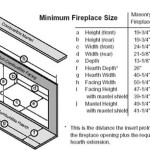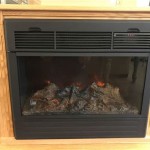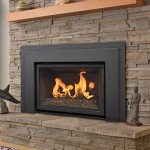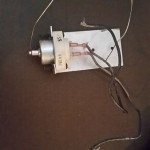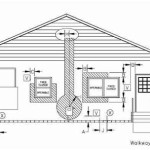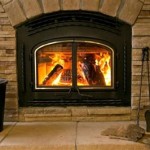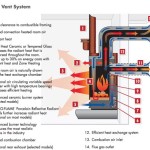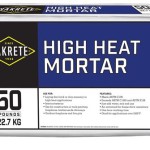How to Design a Fireplace: A Comprehensive Guide
Designing a fireplace is a crucial aspect of creating a cozy and inviting living space. It serves not only as a source of warmth but also as a focal point that defines the room's ambiance. Whether you're planning a traditional wood-burning fireplace or a modern gas or electric model, consider the following essential aspects to ensure a successful design.
Location and Size
The placement of your fireplace significantly impacts the room's layout and functionality. Choose a location that allows for ample seating and ensures a comfortable distance from the hearth. Consider the size of the room and the height of the ceiling to determine the appropriate dimensions for your fireplace.
Style and Materials
The style of your fireplace should complement the overall design of your home. Classic fireplaces with brick or stone surrounds lend a traditional touch, while contemporary models with sleek lines and modern materials like concrete or glass create a more minimalist aesthetic. Choose materials that are both visually appealing and durable.
Fireplace Surround
The fireplace surround frames the hearth and adds character to the space. Consider different materials such as marble, granite, tile, or wood. The size and style of the surround should complement the fireplace's dimensions and overall design.
Mantel
A mantel above the fireplace provides a shelf for display or storage. It can enhance the visual appeal and add a touch of elegance. Consider the size, shape, and style of the mantel to match the fireplace and the room's decor.
Hearth and Flue
The hearth is the non-combustible area directly in front of the fireplace, while the flue is the channel that allows smoke and gases to escape. Adequate sizing and proper installation are crucial for safety and functionality. Consult with a qualified professional to determine the appropriate dimensions and materials for your fireplace's hearth and flue.
Fuel Type
Choose the fuel type that best suits your needs and preferences. Wood-burning fireplaces offer a traditional and cozy ambiance, but require regular maintenance and fuel storage. Gas fireplaces provide convenience and cleaner operation, while electric fireplaces are the most versatile and require minimal maintenance.
Ventilation and Safety
Ensuring proper ventilation is paramount for safety and comfort. A fireplace requires an adequate supply of fresh air for combustion and a chimney to exhaust smoke and gases. Install smoke and carbon monoxide detectors near the fireplace to alert you to any potential hazards.
Accessories
Fireplace accessories such as fire tools, screens, and grates enhance functionality and add a touch of style. Choose accessories that match the fireplace's design and provide necessary safety precautions.
Professional Assistance
If you're planning a complex fireplace installation or have any concerns, consider consulting with a qualified fireplace professional. They can provide expert advice, design assistance, and ensure a safe and efficient fireplace installation.
Conclusion
Designing a fireplace should be a thoughtful and enjoyable process. By considering the essential aspects discussed above, you can create a fireplace that not only serves as a source of warmth but also enhances the ambiance and beauty of your living space.

How To Design And Make A Ceramic Fireplace Surround
:strip_icc()/AshleyMontgomeryDesign-202bd015f01145948de295e790b42290.png?strip=all)
14 Inspiring Ways To Make A Statement With Your Fireplace

50 Fireplace Ideas To Give Your Room That Special Spark

Interior Design How To Make Over Decorate A Fireplace Mantel

Fireplace Design Ideas For Residential Homes Morgante Wilson Architects

40 Fabulous Fireplace Design Ideas For Any Budget Or Style

Fireplace Design Ideas Materials Colors Styles In 2024 Bodaq
:strip_icc()/stone-fireplace-white-mantel-1EKKPPdlKiR9NNO0G_oJsK-30888389d21f4b2eb0a3cf1761368d18.jpg?strip=all)
34 Beautiful Fireplace Ideas For Cozy Warmth All Year Long

How To Arrange A Living Room With Fireplace House Of Hipsters

Training Rumford Fireplaces And Masonry Chimneys
Related Posts

